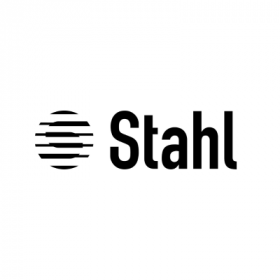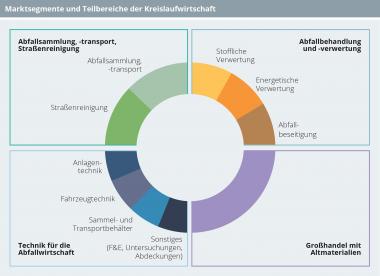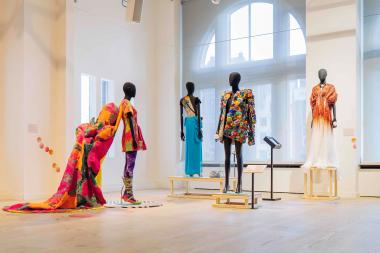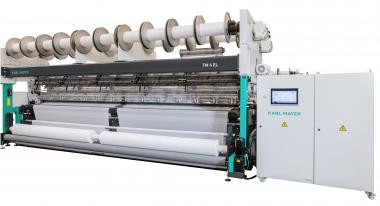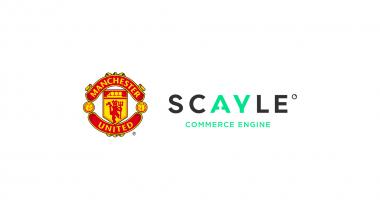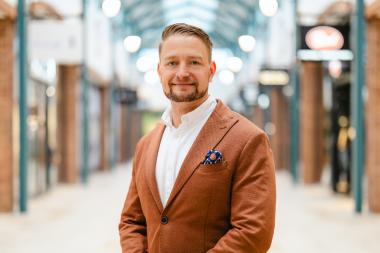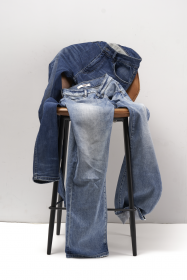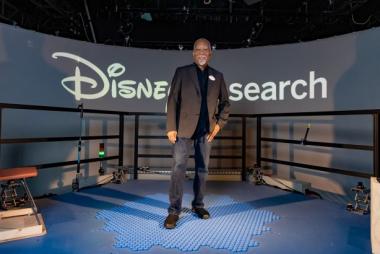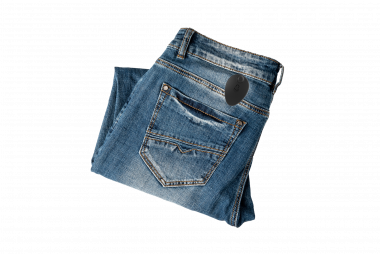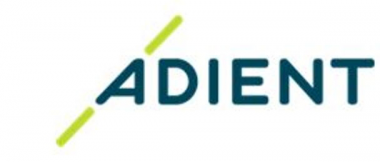Stahl expands ZDHC level 3-certified portfolio
Stahl has achieved Zero Discharge of Hazardous Chemicals (ZDHC) MRSL 3.1 Gateway certification for 2,151 products in its portfolio. This achievement underlines Stahl’s ongoing commitment to the ZDHC mission of achieving high standards for sustainable chemical management.
ZDHC certification enables companies working in the footwear, apparel and accessories value chains to demonstrate their commitment to responsible chemical management, with the ultimate goal being zero discharge of hazardous chemicals. Level 3 certification represents the highest level of conformity with the ZDHC certification programme. To achieve this, Stahl’s formulated chemical products and raw materials were verified and tested against ZDHC’s latest Manufacturing Restricted Substances List (MRSL 3.1) by Eurofins | Chem-MAP®. The Chem-MAP® programme was also used to audit the chemical management and stewardship processes at three of Stahl’s manufacturing sites.
Stahl


